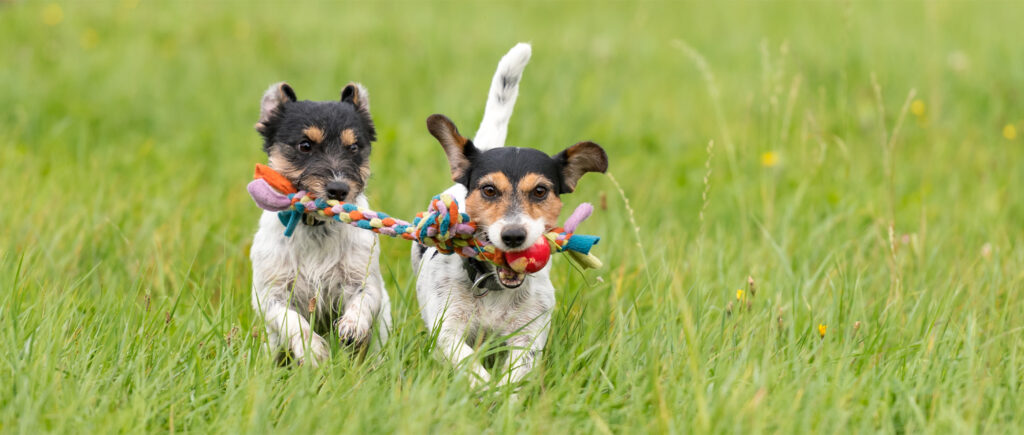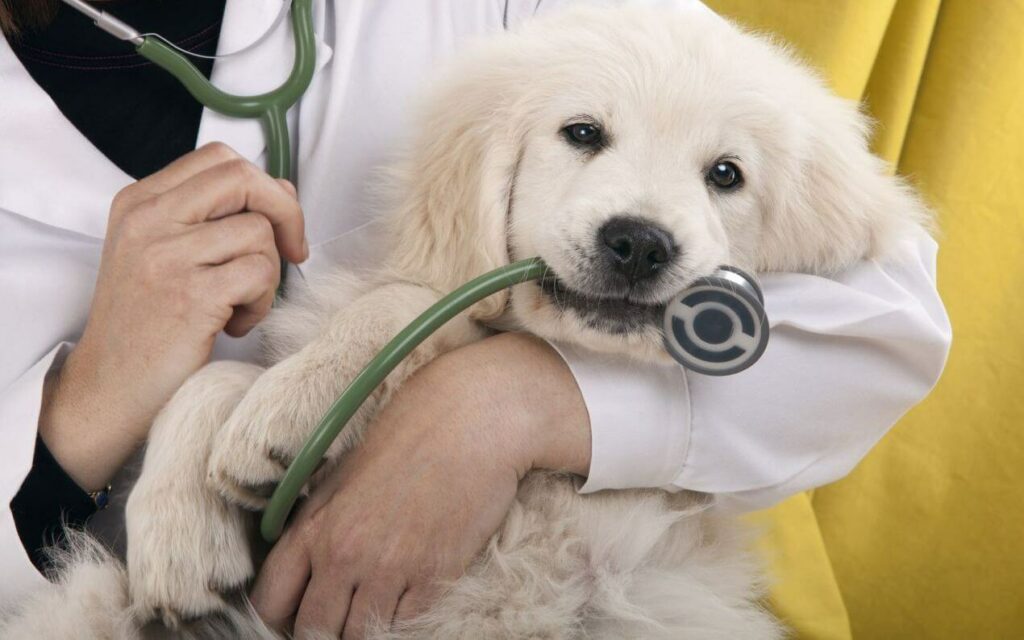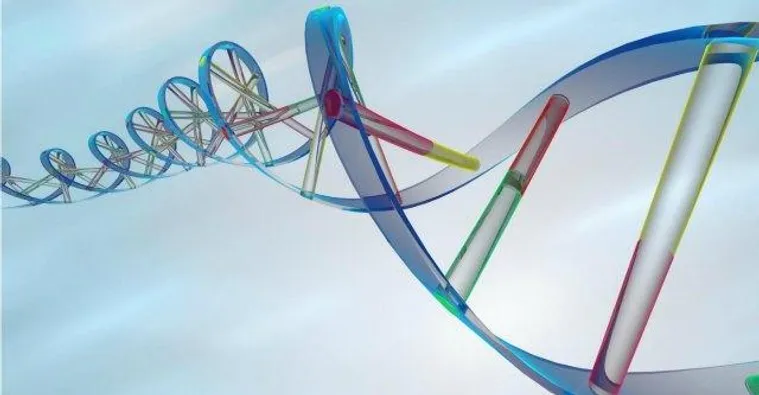The WDF is a Federation founded in 2017 to bring the health project of the canine breed to the world, a very ambitious mission that intends to bring a variant of the breeder’s working method to the world dog scene, defined precisely as the World Federation of Canine Sciences. founded by the Expert Cynologist Mr. Ciro Boiano who is currently the President of the WDF, after years of studying dog breeds and their latent pathologies, he decided to create an apolitical system with noble ethical principles that if followed to the end will lead to the resolution of genetic defects that all of you are familiar with.
In fact today in many national canine organizations and associations of different countries have put into practice the WDF directives for the genetic protection of the world heritage of dog breeds, bringing great results in the advanced selection of healthy and balanced subjects, many over time have devoted more attention to beauty of the show dog, perhaps forgetting the ethical principles in selecting the breeds for their functionality and use, rejecting other factors such as new colors or coats for often political reasons.
But WDF is different and focuses its attention and commitment by putting health and longevity selection first, following the path of the past with current technology.
There are many states that need to be involved in the project, and the work is hard and arduous, but with very good intentions.
So far, the qualities needed to be part of it are:
effective birth control;
Storage of biological samples, DNA;
Control of hereditary diseases before the reproduction of the subjects;
Patents approved for character tests to be conducted for all breeds.
Selection of breeding and professionalization of breeders through training courses that will make breeding in all professional sectors.
Technical tests for working and hunting breeds, such as morphological aptitude tests.
So the unique objectives of the states that want to join the project are the control, selection and improvement of the races, under a unique genetic profile.
Breeders must increasingly face the problem of genetic diseases and therefore many questions arise:
why are genetic diseases occurring?
What are the causes?
Why are they so common in dogs?
What are the tools available to breeders to detect these diseases?
The best way to ensure breeding selection, livestock practices to limit the spread of these genetic diseases?
A genetic disease: what is it?
A genetic disorder (also known as hereditary disease) is cause dysfunction of one or more genes from parents to children. Today, 400 genetic diseases are described in dogs.
Genetic diseases are caused by the malfunction of a single gene. They are called monogenic diseases.

Examples of monogenic diseases:
• Eye diseases such as: Retnia atrophy
• Metabolic diseases (Iposfisario dwarfism, Von Willebrand disease)
• Kidney disease (Cystinuria, familial nephropathy)
Other hereditary diseases are caused by the malfunction of several genes: they are chamiate “polygenic diseases”
More monogenic diseases are recessive:
• The disease only appears if two copies of the gene are affected by the
• When the two copies of the gene are normal: the dog is healthy
• When one of the two copies of the defective gene: The dog is a healthy carrier. It does not develop the disease, but it transmits the anomaly to its offspring.
How to detect a genetic disorder?
Traditional solutions have existed for years for screening for dog genetic diseases, it is more often clinical examinations by a veterinarian (examinations at the sight, radiographs of the hip…) These clinical findings are limited, because helps only to identify affected dogs, not healthy carrier dogs.
The DNA test has many advantages for descendants, selection and even the diagnosis of genetic diseases:
• It is reliable
• Allows to detect carrier dogs as affected dogs.
• Can be implemented early in dog life (from birth)
• It is valid for the whole life of the dog.
However the DNA test allows identify only known anomalies, the test cannot be used to detect other genetic diseases that affect the same body or tissue (retina, for example) and cannot be used to highlight diseases Acquired (non-genetic).
From a levy taken from a dog (blood, tissues, oral withdrawal) and authenticated by a veterinarian. A DNA test is performed to determine the presence of the anomaly causing the disease or to characterize one or more markers connected to the
Disease.
How to manage the genetic illnesses of the breeding?
The Dna test is a criterion of selection as the morphological and behavioral characteristics of dogs. The breeder is therefore able of effetuare the best possible choice, keeping in mind the health’s, and of the dog and his/her descendants.
To avoid to potentially produce stock with pups parties, and to reduce the incidence of the hereditary illness in the race, some emplicis suggestions are essential :
• Not do reproduce dogs cut
• To reproduce solo animal cures the more possible
• If a dog healthy carrier is raised for the reproduction, riprodurrlo with a healthy dog.
The possible insertion in the reproduction of animals carriers you/he/she cannot degrade the general genetic difference

Right from the start, the Kennel Club adherent to the initiative of the aforementioned project undertakes to inform its breeders of the New World guidelines for the resolution of genetic traits in a definitive way.
In a gradual manner, the points listed below will be included in the national reproductive regulations, so that within a few years there is uniformity in the selection and control of world WDF breeding, so these are the guidelines from Insert:
1) The very first step is the deposit of the Biological sample (DNA) at a national laboratory structure chosen by you, this is the very first step to put an end to the countless irregularities that systematically occur in the declaration of Litters, and finally you can have a real written and documented demonstration of the real bloodlines.
For sample sampling, you can proceed with your veterinarians with blood, vetcard or salivary swab samples.
The collection and storage of DNA will be mandatory for all those who close the championships, all the subjects in recognition of race and inscriptions to the book of first origin, to all subjects who intend to go to reproduction, and to all subjects Born to the Breeders, puppies within 60 days of life before being surrendered.
For the official validity of the DNA deposit the subject must be microchipped and registered at the facilities of competence.

2) The second step to be entered in the kennel Club’s breeding regulations is controlled reproduction, in fact all breeders wishing to go to play will have to check and test their subjects for:
Medium size Large, hip and elbow dysplasia, oculopathies, hearing problems, electrocardiogram, general visit and for subjects of exotic skin control.
Small size, patella distortion examination, oculopathies, hearing problems, electrocardiogram, general visit and for subjects of exotic skin control.
All the subjects will have to reproduce the dental paper.
Will come from the club assigned three results to the tests, which will be defined by the club’s scientific veterinary team, and thus subdivided:
AR1 = for perfectly healthy subjects with zero issues that will go into the selected reproduction to give the best of the national breeding.
AR2 = for healthy subjects but where there are very slight anomalies, tolerable for reproduction, which can only be reproduced if coupled with AR1 subjects to eliminate any minor anomalies.
NFB = for the subjects to whom the reproduction will be blocked because there are communicable pathologies and serious morphological anomalies, these subjects will be able to go through the various championships but never can be used for reproduction.

3) All persons born from this selection will be applied to the Pedigree certificate of the WDF project, in order to be recognized as subjects tested and selected.
The 5th genealogy selected in this method, will be recognized the certificate of the subject of very pure selection and high suitability, which will be distinguished in the world for its very high quality of farming.
At a time when we would have achieved this result we could safely talk about healthy reproduction, but this will only be the beginning of a new cynical era, because, in contemporaneousness we must work to safeguard the character of the dog, making Test on the character of the dog before the reproduction, test of the good citizen, to verify the attitudes and psychic equilibrium. Then inside the Dog Show organized with tests also characteristic, for the evaluation of the binomial and the extreme aggressiveness of the subject.
